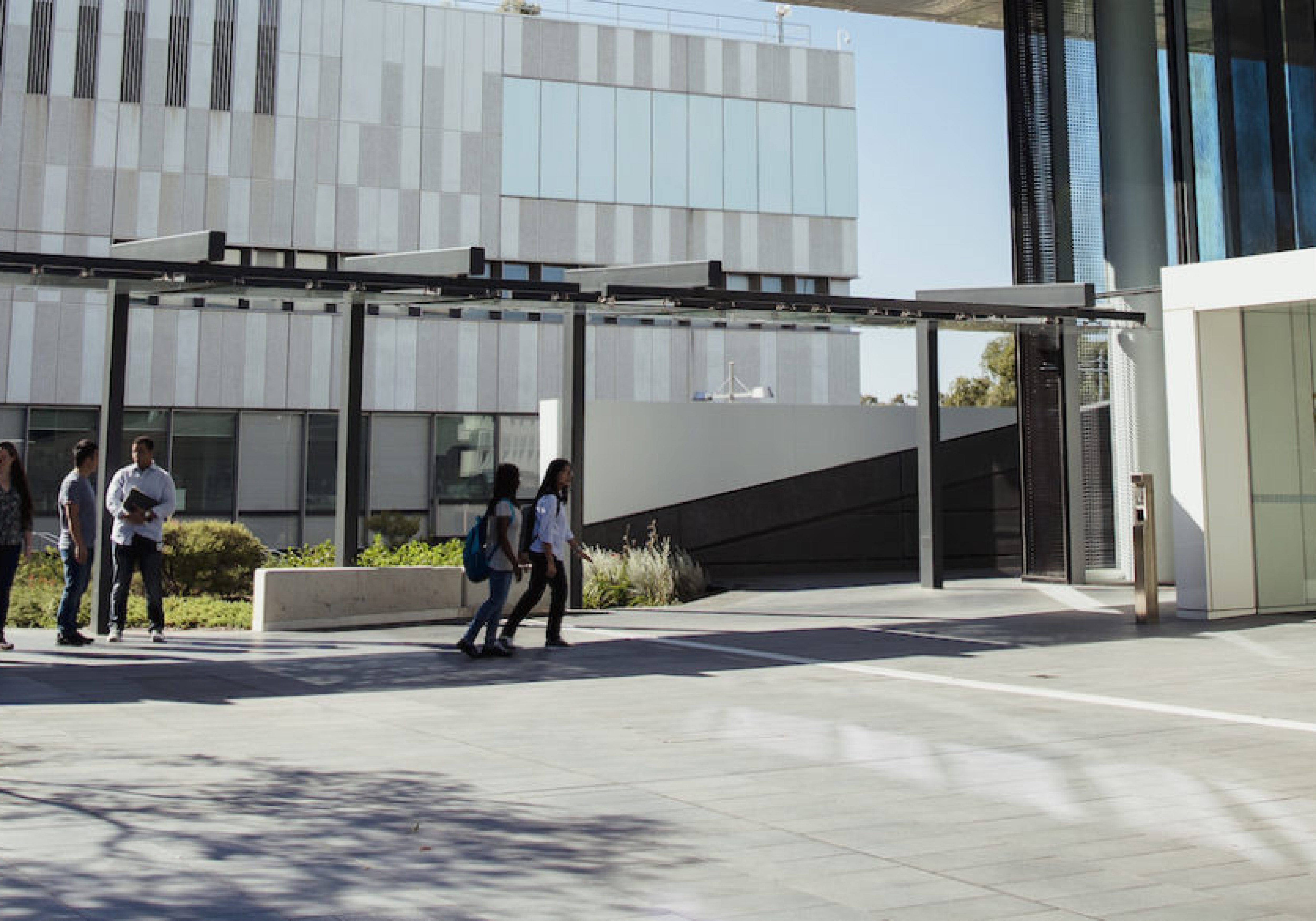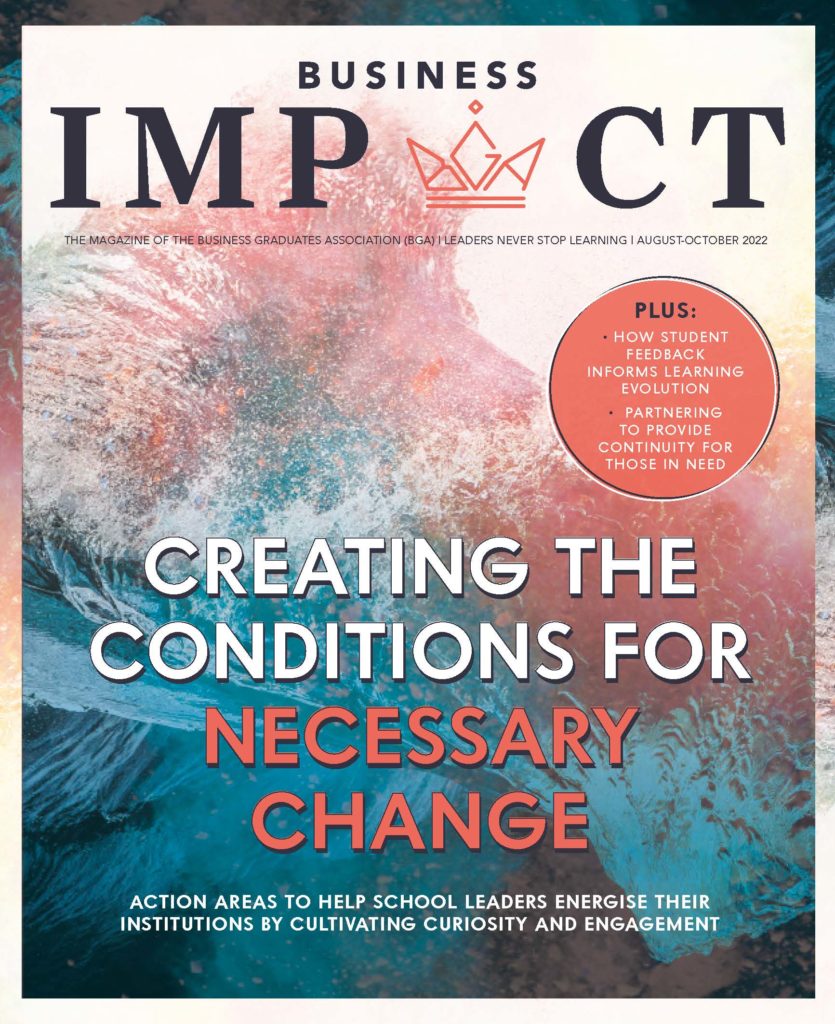How universities and business schools can develop a strong organisational culture


The essence of an educational institution resides in its organisational culture, epitomising the manner in which individuals toil, cooperate and acquire knowledge within its domain. A robust and affirmative cultural environment not only bolsters the spirits of staff members but also significantly influences the calibre of education dispensed to learners. This article delves into the significance of working culture, particularly within educational spheres, and proposes pragmatic guidance for constructing and perpetuating such a paramount element.
What makes a strong organisational culture?
To begin with, here are the salient features of a strong organisational culture:
Inclusive and servant leadership: The cultivation of an atmosphere rooted in inclusivity and servant leadership constitutes a pivotal aspect within the realm of educational establishments. It is imperative that leaders set forth an exemplary sense of empathy, humility and dedication to serving both faculty and students. Through this approach, one can foster belonging and encourage collaboration among all stakeholders.
Evidence-based dialogue: The promotion of evidence-based dialogue stands as a safeguard to ensure that decisions are made using objective data and critical thinking rather than arbitrary judgments. Not only does this instil a profound sense of confidence in the decision-making process, but it also serves as a catalyst for fostering a culture centred around constant improvement.
Openness and transparency: An organisational culture that espouses openness and transparency champions open communication, as well as the provision of information in an uninhibited manner. This principle contributes towards building trust among faculty, students and other key stakeholders. Furthermore, the practice of openness allows for constructive feedback which forms an indispensable component in facilitating substantial growth.
Fairness, equality and inclusivity: Ensuring fairness, equality and inclusivity is crucial within institutions. It is important to embrace diversity and create an environment where all voices are respected and valued. This fosters an dynamic learning atmosphere.
Win-win scenarios: When making decisions, it is beneficial to seek solutions that benefit everyone involved, rather than taking a zero-sum approach. Striving for win-win scenarios encourages cooperation and collaboration among all stakeholders.
Trust and empathy: Trust plays a role in cultivating an institutional culture. Building trust among faculty, students and other members of the community creates an environment. Empathy goes hand in hand with trust and allows individuals to better understand each other’s perspectives and needs.
Objectivity: Objectivity should be promoted throughout an institution’s operations. Evaluations and decisions should be based on information, rather than personal biases or preferences. This approach guarantees fairness and consistency.
Mentorship and coaching: Implement mentorship and coaching initiatives to support development. Seasoned team members can assist newcomers in navigating the organisation and honing their skills. This not only benefits employees, but also strengthens the overall learning culture.
Adaptability: Educational institutions often find themselves reliant on a number of government and regulatory bodies. They should always demonstrate adaptability in response to evolving needs and circumstances. Cultivating a culture that embraces change and innovation is crucial for long-term success.
Proactive approach: Encourage a proactive mindset among staff members and leadership. By addressing challenges and anticipating needs, institutions can foster a culture of preparedness and continuous improvement.
Culture of excellence: Strive for excellence in all aspects of the institution’s work. Set high standards and promote a culture where continuous learning and improvement are the norm.
Building and sustaining a culture of excellence
Now that we understand why organisational culture is so crucial in educational institutions, we can explore how to build and sustain it:
Leadership commitment: It is crucial for leaders to embody the values and behaviours they expect from others and to act as role models for the desired culture. When leaders consistently demonstrate these traits it sets the tone for the organisation.
Effective communication and education: Ensuring that everyone within the institution understands its mission, values and cultural expectations is essential. Regularly communicating and implementing training programmes can reinforce these principles throughout the institution.
Establishing feedback mechanisms: Creating channels for honest feedback fosters a culture where feedback is viewed as an opportunity for improvement, rather than criticism. It is vital to act on feedback received to demonstrate its value.
Recognition and rewards: Recognising and rewarding behaviours that align with the desired culture reinforces the importance of values. It also serves as motivation for others to follow suit.
Accountability: Holding individuals and teams accountable for upholding the culture involves addressing any behaviour that deviates from norms while ensuring that policies and practices align with the desired framework.
Data-informed decision making: Employing data to measure progress and make informed decisions related to culture is crucial. Regularly assessing the climate through surveys or assessments allows adjustments to be made as necessary.
Consistency: Maintaining consistency across all levels of an organisation is vital, in sustaining an culture. Make sure that cultural norms and expectations are consistently upheld throughout every level of the institution.
Embed empowerment: Give employees and pupils the power to contribute to the growth and preservation of the culture. Motivate them to embrace the institution’s values and actively participate in shaping its culture.
A successful learning environment in educational institutions is built on a solid organisational culture. It encourages diversity, confidence, openness and a dedication to greatness. Educational institutions should create and maintain a culture that serves all stakeholders, from students to staff to alumni, by embracing the concepts of inclusive and servant leadership, evidence-based discussion, openness and justice. It takes dedication, open communication and a common understanding of the institution’s goals to cultivate this culture. In the end, a good culture not only improves the learning environment but also gets its learners ready for a world that values collaboration, empathy and excellence.

Fawad Inam is a professor and executive principal at the Oxford Business College. With a career spanning over two decades, he is widely recognised for his research, teaching, knowledge exchange and leadership skills. As an active principal fellow of the Higher Education Academy (HEA), he has received several accolades and awards for his contributions to the UK’s higher education sector
Read more Business Impact articles related to
organisational development

How universities and business schools can develop a strong organisational culture
What is the recipe for a robust organisational culture within educational institutions? Oxford Business College’s Fawad Inam reveals the key features and outlines strategies for its continued growth and improvement

Can organisations help alleviate employee procrastination?
Research from John Molson School of Business looks at why people postpone, delay or avoid the pursuit of promotions at work. Tim Banerjee Dhoul reports on its findings

Why you shouldn’t underestimate the importance of organisational culture
“If the culture isn’t right, you will end up running into serious problems”, says Be the Boss founder Daniella Genas. Find out how to deal with toxic behaviour in your team before it impacts on your business’ success
Want your business school to feature in
Business Impact?
For questions about editorial opportunities, please contact:
Tim Banerjee Dhoul
Content Editor
Business Impact






























